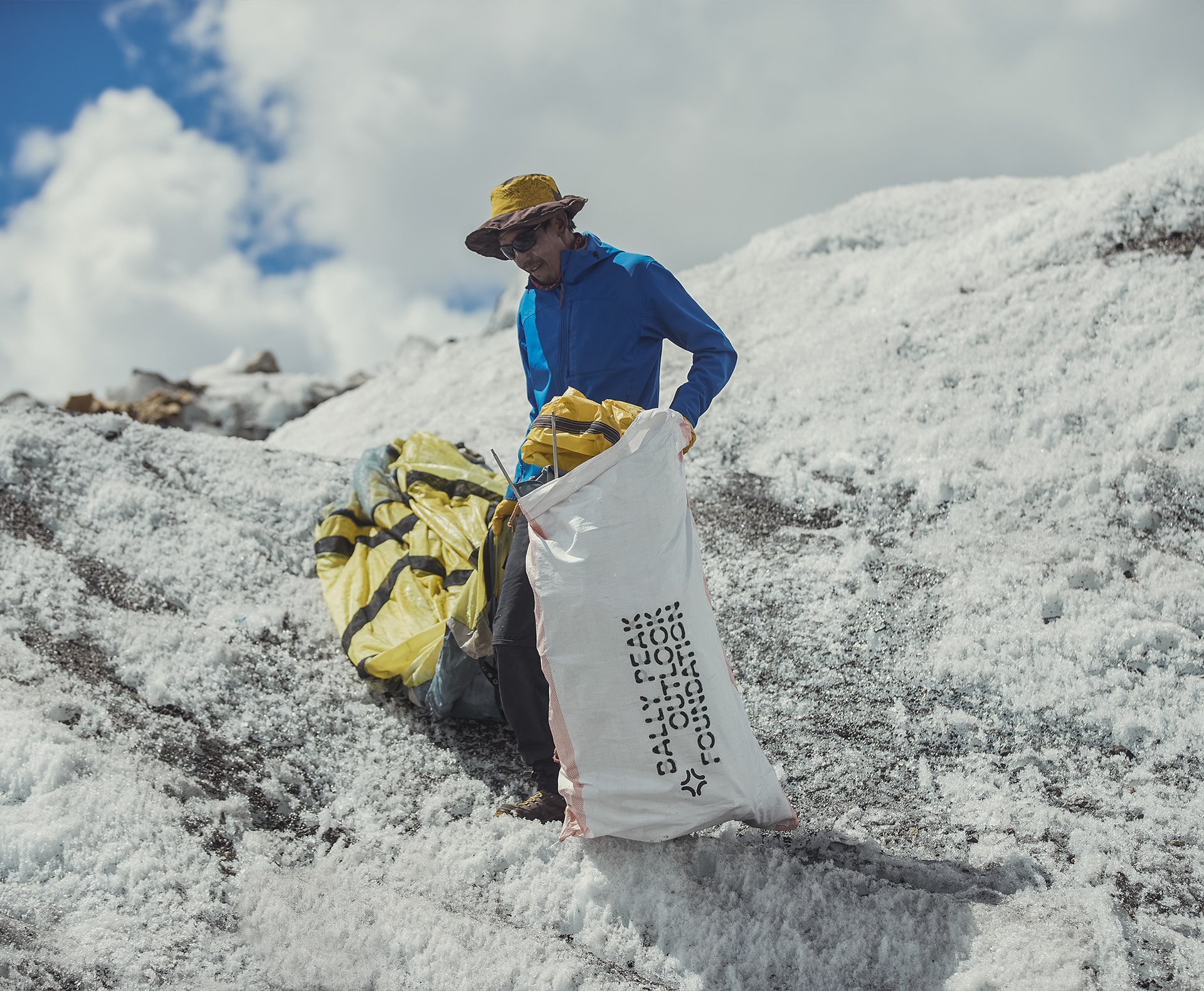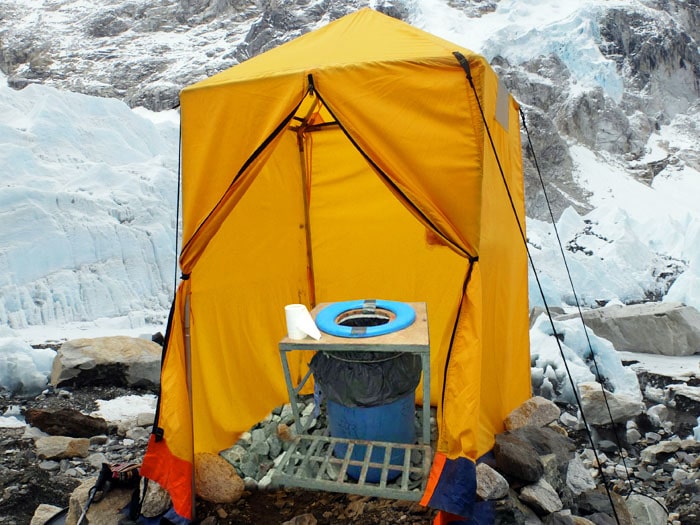
The problem of pollution on Mount Everest has been well documented and SnowBrains has reported on the issue for several years now. Dubbed, “The World’s Highest Garbage Dump” by National Geographic, Everest has seen several initiatives to clean up the trash left behind, such as the Bally Peak Outlook Initiative that has been cleaning up several of the world’s tallest peaks since 2020, the Clean Mountain Campaign by the Nepali Army, and the Big Mountain Clean Up lead by 14 Peaks Sherpa Nimsdai.

Key to fixing the problem though is of course the prevention of such build-ups of garbage and the most putrid of which, the pollution from human excrement, is now being tackled by Nepalese authorities, who are now mandating that climbers must pack their own excrement and disposte of them at base camp. This new directive comes amidst mounting concerns about the foul stench wafting across the world’s highest peak. It is estimated by Sagarmatha Pollution Control Committee that there is a staggering three tons of human excrement littered between Base Camp 1 and Base Camp 4.
Mingma Sherpa, the chairman of Pasang Lhamu rural municipality, minced no words when he told the BBC, “Our mountains have begun to stink.” Indeed, the picturesque vistas of Everest have been marred by the unsightly sight of human waste littering its terrain. But it’s not just about aesthetics; the lingering fecal matter poses serious health risks to climbers and has tarnished the region’s reputation.

This bold move is part of a broader initiative by the municipality to address the environmental degradation plaguing the Everest region. With temperatures too extreme for natural decomposition, it is not just the bodies of failed climbers littering the former pristine landscape, but also human excrement left on the peak. So climbers embarking on the arduous journey up Mt Everest and Lhotse will now find themselves forced to purchase specialized “poo bags” at base camp, which will undergo inspection upon their return. It’s a small but significant step towards preserving the pristine beauty of these majestic peaks.
But the question remains: where does one go when nature calls amidst the unforgiving terrain of Everest? At base camp, designated tents serve as makeshift toilets, with barrels positioned underneath that collect the human waste. However, as climbers ascend higher, the options dwindle, and some find themselves relieving in the open air. With less snow cover on the rocky terrain, the excrement is often easily visible due to sparse snow cover.

The challenge is compounded by the grueling nature of the climb; reaching Everest’s summit can take weeks, leaving climbers with limited options for waste disposal. A climber will produce 250 grams (0.5 pounds) of human waste a day and spend an average two weeks on Mount Everest, resulting in 3.5 kilograms (8 pounds) in total per climber. While some may opt for biodegradable bags to carry their waste, it’s a practice that’s far from commonplace. So the plan is to issue each climber with two ‘poop bags’ which can be used five to six times. The Nepalese municipality is now procuring about 8,000 poop bags from the U.S. for the estimated 400 foreign climbers and 800 sherpas expected for the upcoming climbing season.
While the issue of human waste garners attention, it’s just one piece of the larger puzzle of waste management on Everest. Trash remains a pervasive problem, despite the commendable clean-up campaigns. The issue is also that these clean-up campaigns tend to focus on the areas at lower altitudes.
As climbers gear up for their next expedition, they’ll not only be facing the physical challenges of the mountain but also grappling with the responsibility of preserving its fragile ecosystem. With the new mandate in place, the hope is that Everest’s slopes will be a little cleaner and a little less odorous for generations of adventurers to come.
